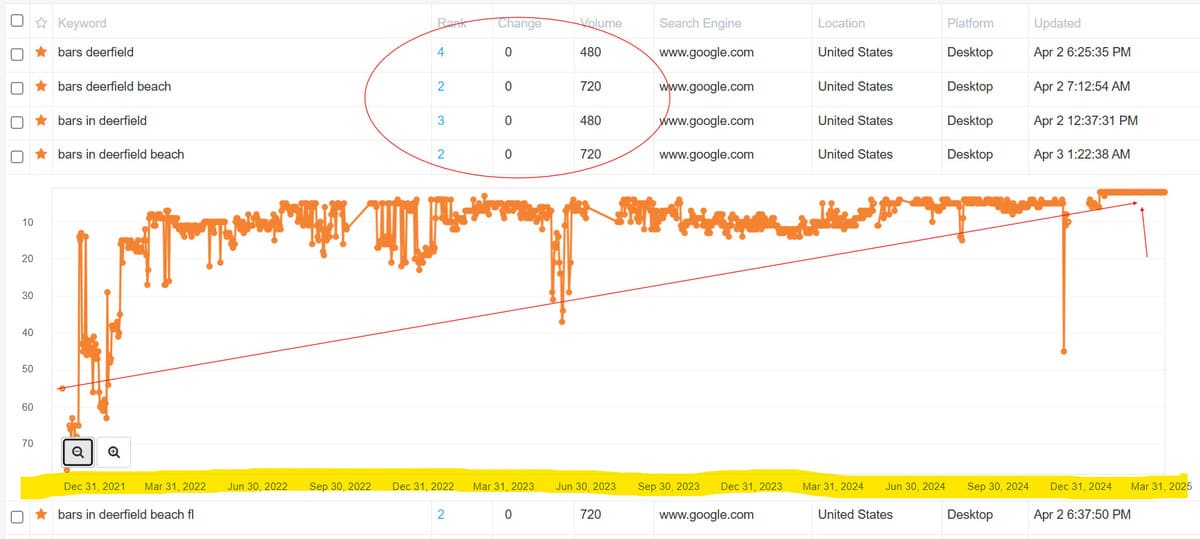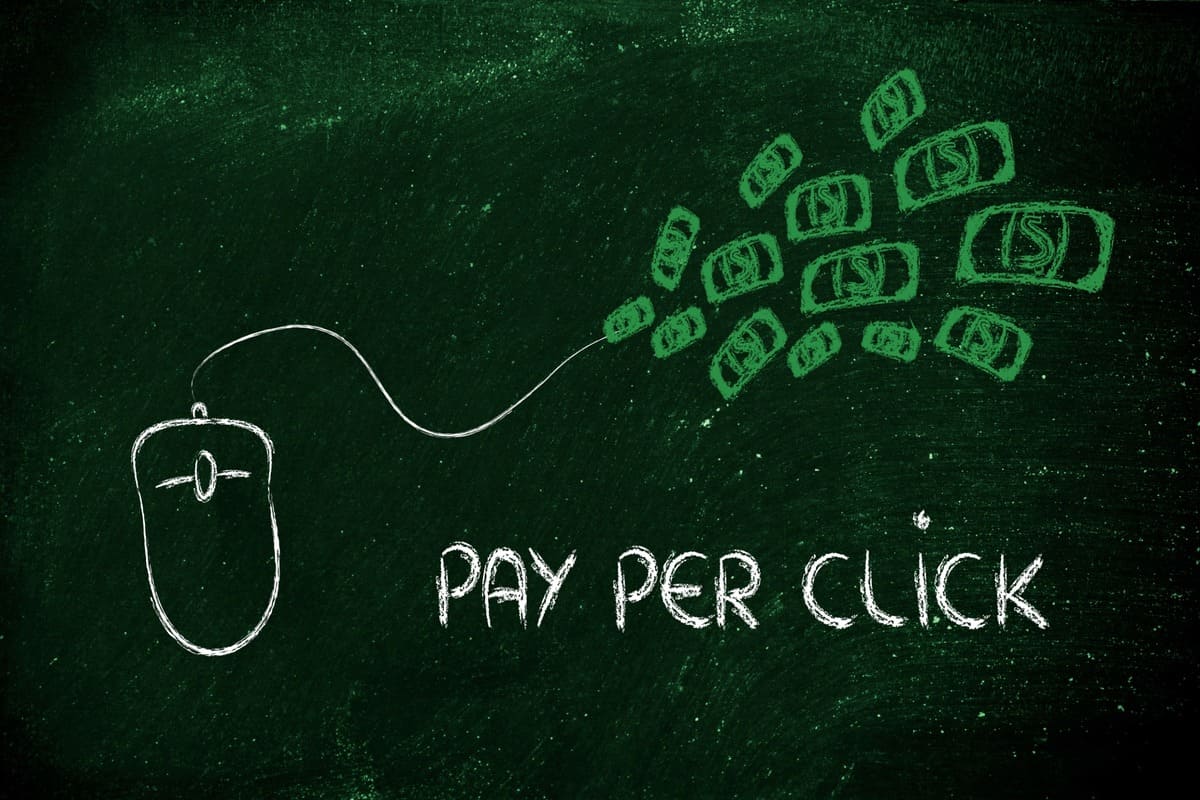Ranking on page one of Google requires a combination of SEO (Search Engine Optimization) strategies, including on-page, off-page, and technical SEO. Here’s a step-by-step guide to help you get there:
1. Keyword Research & Optimization
- Find the Right Keywords: Use tools like Google Keyword Planner, Ahrefs, or SEMrush to find low-competition, high-search-volume keywords.
- Long-Tail Keywords: Targeting long-tail (more specific) keywords increases your chances of ranking.
- Optimize Your Content: Place keywords strategically in:
- Page Title (H1)
- Meta Description
- URL
- Headings (H2, H3)
- First 100 Words of Content
- Image Alt Text
2. High-Quality, Engaging Content
- Google ranks valuable, in-depth content higher.
- Aim for 2,000+ words for competitive topics (but prioritize quality over length).
- Use images, videos, and infographics to improve engagement.
- Answer common questions (use “People Also Ask” boxes for inspiration).
- Regularly update old content to keep it fresh.
3. Technical SEO & Website Optimization
- Fast Page Speed: Use tools like Google PageSpeed Insights to optimize load time.
- Mobile-Friendly Design: Ensure your site is responsive.
- Secure Website (HTTPS): SSL encryption boosts rankings.
- Clean URL Structure: Example:
yourwebsite.com/best-seo-tips/instead ofyourwebsite.com/page?id=123 - Internal Linking: Helps Google understand site structure and pass authority between pages.
4. Backlinks & Authority Building
- Get Backlinks from High-Authority Sites: The more quality sites link to you, the better.
- Guest Blogging: Write for industry blogs and link back to your site.
- HARO (Help A Reporter Out): Contribute to articles and earn links.
- Broken Link Building: Find broken links on other sites and suggest your content as a replacement.
- Social Media & PR: Promote your content to attract natural backlinks.
5. Local SEO (For Local Businesses)
- Google My Business (GMB): Claim and optimize your GMB profile.
- NAP Consistency: Ensure your Name, Address, and Phone Number are consistent across the web.
- Local Citations: Get listed in directories like Yelp, Yellow Pages, and industry-specific listings.
- Reviews & Ratings: Encourage customers to leave reviews on Google and other platforms.
6. User Experience (UX) & Engagement
- Low Bounce Rate: Keep users engaged with interactive content and fast load times.
- Clear Navigation: Make it easy for users to find information.
- Call-to-Actions (CTAs): Encourage users to take action (subscribe, buy, share).
7. Monitor & Improve with SEO Tools
- Google Search Console (to track performance and fix issues).
- Google Analytics (to analyze traffic and user behavior).
- Ahrefs, SEMrush, or Moz (for backlink and keyword tracking).
How Long Does It Take to Rank?
- Competitive Keywords: 6–12 months.
- Low-Competition Keywords: 3–6 months.
- New Websites: May take longer due to Google’s “sandbox effect.”
Want help with a specific aspect, like keyword research or SEO audit? 






